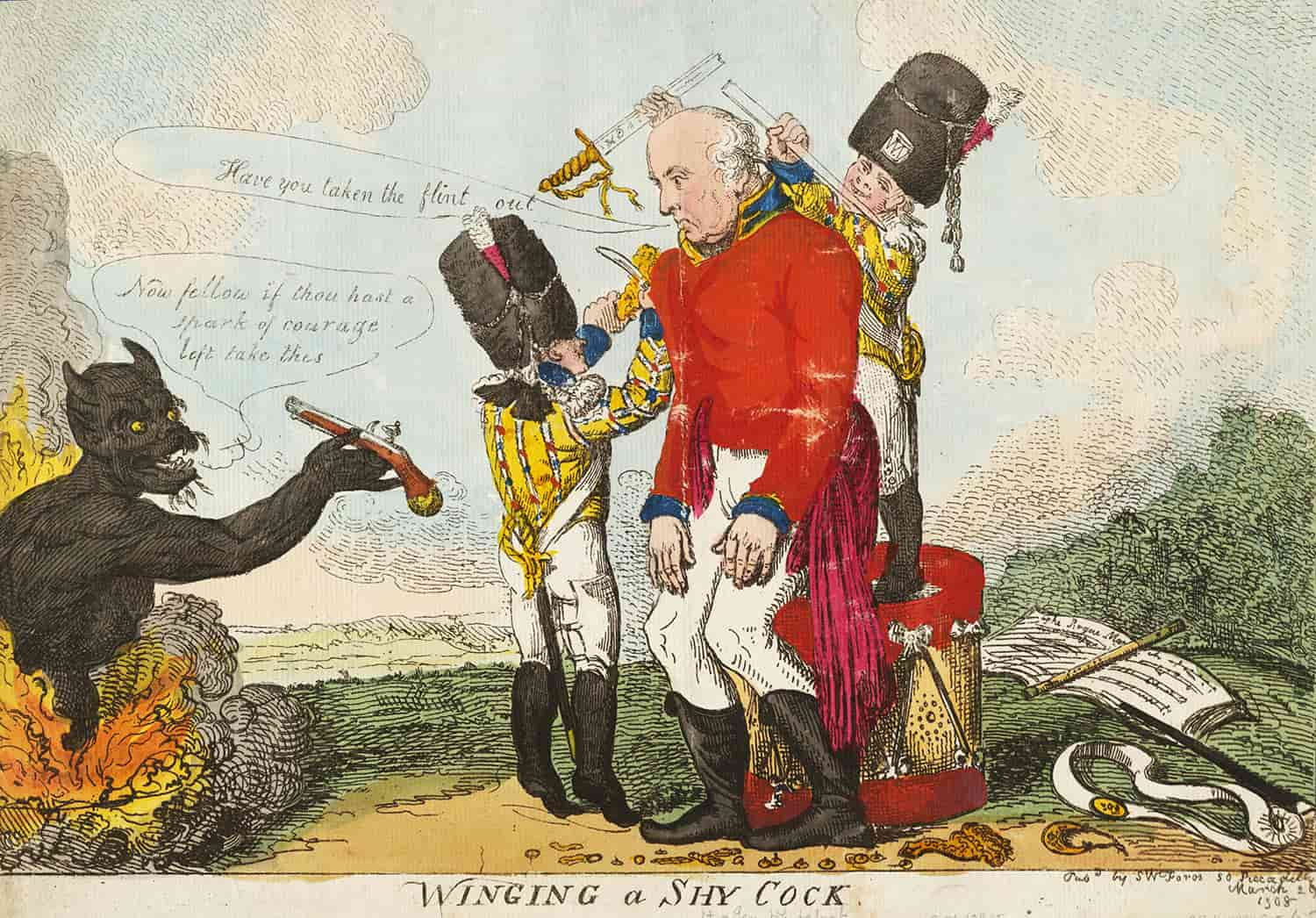Degradation Ceremony (Cashiering): History and Examples
Degradation ceremony or cashiering lead to complete disqualification for military service and public office.

Degradation ceremony or cashiering lead to complete disqualification for military service and public office.

